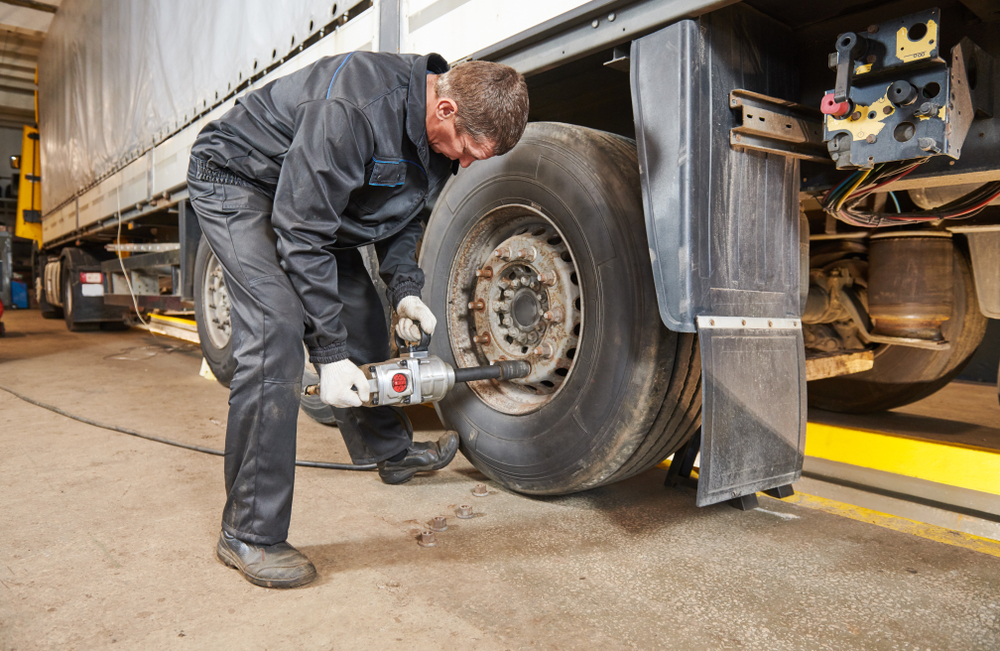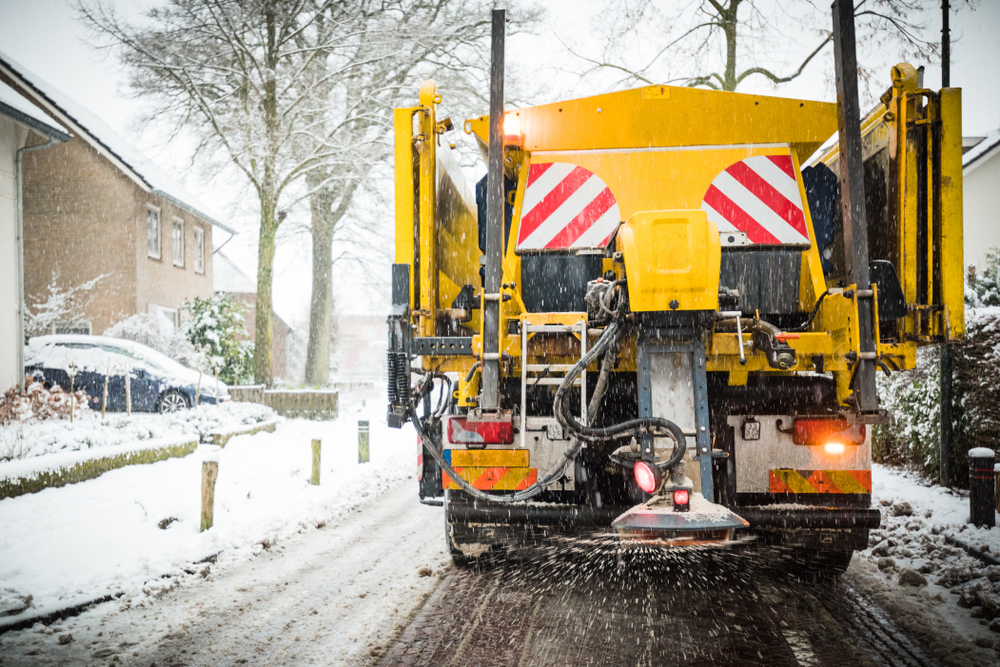Mileage
Calculating Mileage
Mileage is actually an interesting topic if mileage is an important metric for your fleet. You might think mileage is straight forward but there are actually many variables. For most fleet managers, approximate mileage is good enough. Questions arise when the mileage on the odometer does not match what was reported in the app or portal.
What Impacts Mileage on a Vehicle?
Mileage and speed reporting go hand in hand since they are impacted by the same variables. Mileage, like speed, on a vehicle is calibrated at the factory. In the factory conditions are fixed, parts are new and environmental factors are consistent.
In fleet operations, the set variables from the factory are changed by wear and tear on the vehicle as it ages, or by changing parts and components. Variables can even change by the road surface.

Consider what 1″ of tread wear means to the radius difference over the life of a tire. Tire management is a real expense management opportunity in large fleets.
Two Sources of Mileage
There are two sources of mileage used by CrewChief. The first is mileage supplied by the telematics device from the OBD data. This should match what you see on the dashboard odometer. The second is the mileage calculated by the CrewChief mobile app.
Vehicle Mileage
Vehicle mileage, and speed measurements, can be impacted by several things. The first and most prominent is often changing the tire size. With each revolution of the tire, the transmission rotates. The mileage calculation is taken from the rotation of transmission part. If the size of the tire is changed, or the tread wear changes the diameter of the tire, it will change the number of rotations in the transmission. The easiest way to see this is use your phone to show your speed and compare that to the speed on your dashboard. If they do not match, your mileage will not match either.
GPS Mileage
GPS mileage uses the GPS satellites and a lot of fancy math to determine location, speed, distance, and altitude. GPS is very accurate, more so that the vehicles odometer, under the right conditions. Open road trucking is the best scenario for GPS mileage to be accurate. When GPS mileages is calculated in urban or city environments, blocked signals can reduce the accuracy below that of the vehicles odometer calculation. As with most things, there is a tradeoff.
GPS and telematics data can be delayed which causes additional data calculation issues. As non-developers, we just think everything happens in real-time when in fact OBD data, or parts of OBD data, can be delayed hours. When we look at a mobile app, we are expecting to see mileage immediately. The only way to do that is to use GPS mileage from the app.
When fleet managers see mobile app mileage and telematics mileage together, they will not match. This creates questions and concerns about the accuracy of the data. Which should they use? In reality, developers are working to satisfy multiple users, and delivery a reasonable data set to work from. All data has built in inaccuracies so we look at the percentage of estimated accuracy such as the mileage being 96% accurate. Which odometer data the fleet manager chooses to use, is really a personal preference.
How CrewChief Manages Mileage
In CrewChief we use mobile app GPS mileage and telematics mileage if a telematics device like Geotab is integrated. Since experience tells us that fleet managers generally want to use the odometer on viewed in the truck, even if it is less accurate at times.
Our general process is to show users the mileages from the mobile app immediately. This reduces confusion with users and enables a reasonable value to be used right away. If an integrated telematics device is installed, when mileage data becomes available, it replaces the GPS mileage data. The time to get this data may range from seconds, to hours, for a host of wireless communication and server reasons. This combined data approach provides a balance between the two to meet the majority of customer needs.

Why is Mileage So Important?
Odometer data is used for a variety of things to determine cost. If a major annual cost can be reduced by 5% of a year, it can translate into a lot of money for trucking companies, and fleet operators.
Rental Vehicles & Equipment
Companies that rent equipment on a regular basis may be paying more due to inflated mileage if the rental company installs smaller tires on the vehicle. That is the true mileage may be off 3 to 10% depending on the change in radius, tire wear, transmission age, etc. Compare the odometer to mileage in the CrewChief app or others apps to see how far apart they are.
Mileage Reimbursement
In some industries employees routinely drive personal vehicles and receive reimbursement for the miles they drive. Without an app like CrewChief, or a telematics device, employers are working on the honor system. A mobile app with private mode and work mileage calculation is the best available to keep everyone honest.
Off-Road Fuel Tax Rebates
Utility companies and energy companies spend a lot of time off-road and often looking to recovery fuel taxes. Being able to document mileage between on road and off road sufficiently, can lead to big fuel tax rebates. Having accurate mileage calculations is part of defending the rebates requested.
